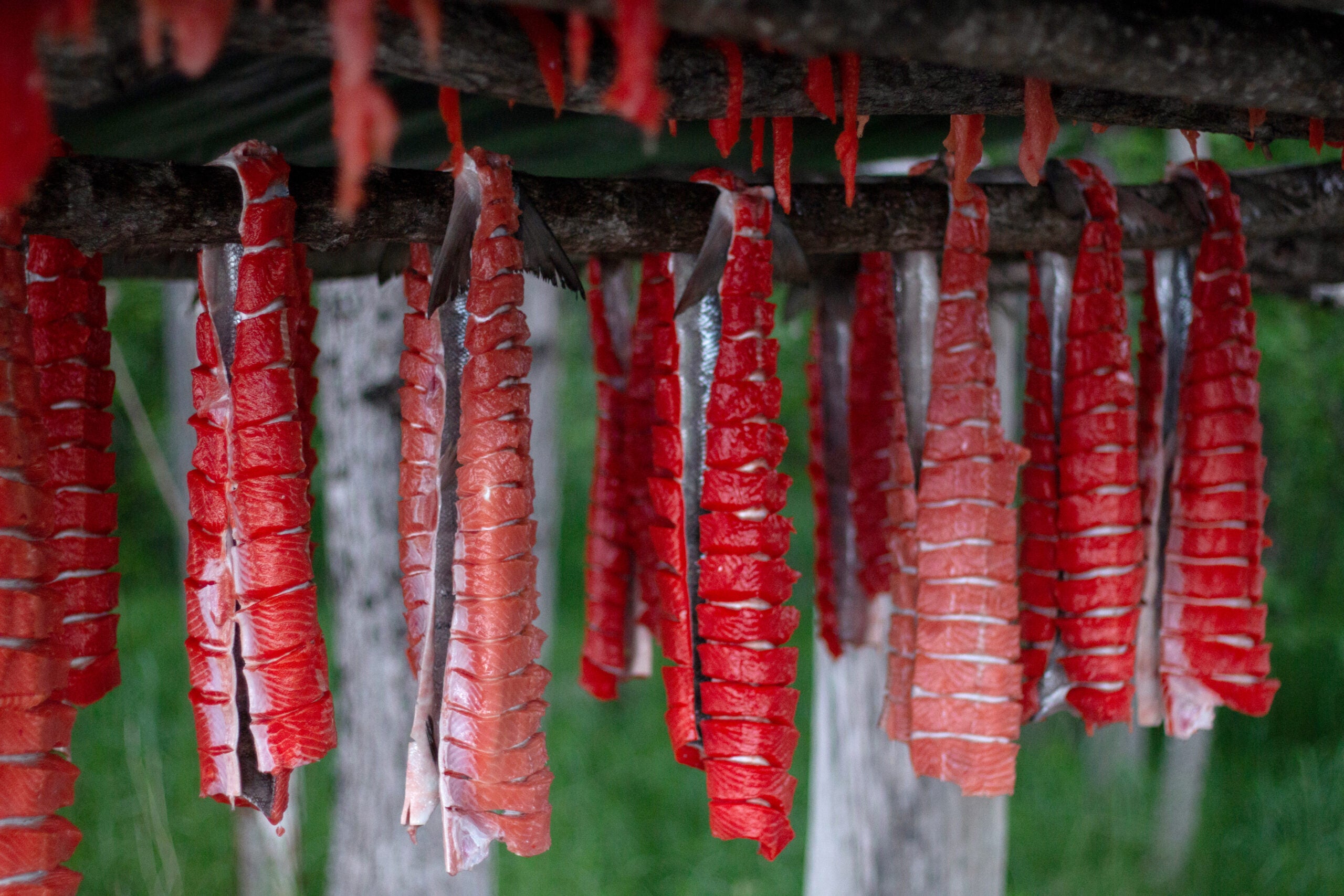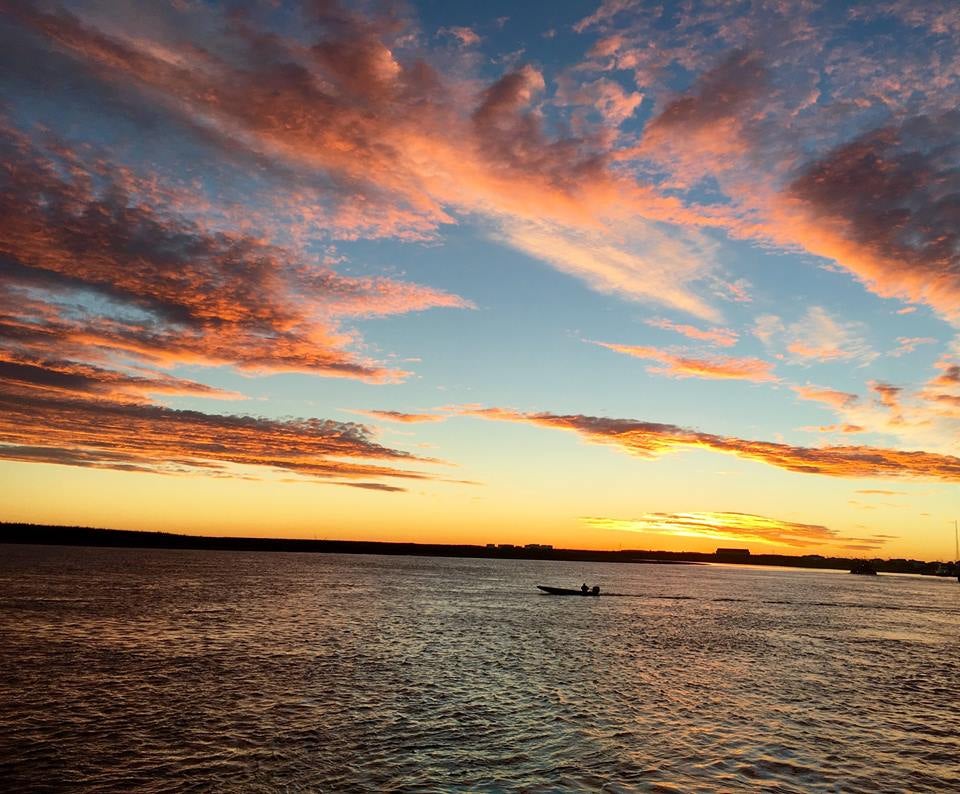Earthjustice goes to court for our planet.
We’re here because the earth needs a good lawyer.
Southwest Alaska Tribes Fight the World’s Largest Pure Gold Mine
This page was published 2 years ago. Find the latest on Earthjustice’s work.
The world’s largest pure gold mine, proposed in one of the world’s largest river deltas, has received most federal and state permits needed to begin construction.
The Donlin Gold Mine could soon be built along a tributary of the Kuskokwim River, within an ecosystem hugely important for fish, wildlife and Alaska Native people who have continued their traditional ways of life in the region for more than 10,000 years.
Opponents could still prevail: Yukon-Kuskokwim Tribes, represented by Earthjustice, are challenging Donlin in state and federal court. Agencies could also halt the project like what the U.S. Army Corps of Engineers and the Environmental Protection Agency did with nearby Pebble Mine in Bristol Bay. The case fits into Earthjustice’s broader goals of securing clean air and water for all, and building a justice centered movement.
Mine overview
- The massive open-pit Donlin Gold Mine will include a 316-mile buried pipeline to bring gas from Cook Inlet in Southcentral Alaska to fuel the mine site, a mine complex, and transportation infrastructure like a new port, a port expansion and new roads and airstrips.
- The mine site itself will cover about 14 square miles, and include an open pit more than two miles long, one mile wide, and 1,800 feet deep. There will also be a tailings dam, water diversion dams, waste disposal facilities, and a gas and diesel-fired power plant.
- Cumulatively, between the pipeline and the larger project, over 40 miles of streams and rivers and more than 4.7 square miles of wetlands would be disturbed or filled.
- In addition to the destruction of lands and waters, Tribes in the region are concerned about the risk of a tailings dam failure, the loss of rainbow smelt in the Kuskokwim River, and human health impacts.
- Gold from the mine would primarily be used for wealth management (e.g., jewelry, banking).
What’s at stake?
- The Yukon-Kuskokwim Delta, which includes both the Yukon and Kuskokwim Rivers, is one of the most economically challenged regions in Alaska and home to up to 58 federally recognized Tribes, the greatest number of Tribes of any region in Alaska.
- The region’s residents are predominantly Indigenous Yupik, Cup’ik, and Athabascan people who depend primarily on traditional and customary uses of the lands, waters, and fish and wildlife resources.
- Subsistence harvests in the region depend especially on salmon, which account for more than half of the annual subsistence harvest in the region. Other fish – like rainbow smelt, pike and whitefish – are also important culturally and for food security.
- The area is vast and important for both subsistence and carbon storage. The Kuskokwim River Basin alone includes 11% of Alaska’s land area and sustains fish, wildlife, plants and people across the region.

Salmon hang in the Kuskokwim. In the Delta, salmon are caught, prepared by hand, and preserved to feed families throughout the year. (Rachel Ruston / Northern Center)
Tribal opposition in the region is growing.
- More than a dozen Tribes, the Yukon-Kuskokwim Health Corporation, the Association of Village Council Presidents and the National Congress of American Indians have passed formal resolutions opposing the Donlin project.
- Despite the for-profit Alaska Native Corporation interests in the mine, many Alaska Native shareholders of those corporations—many of whom are also Tribal citizens—oppose the mine, saying its development threatens their way of life. In 2019, 300 shareholders wrote to Calista, the regional corporation owning most of the subsurface rights of the mine, protesting the project.
- An Alaska Native-led coalition, Mother Kuskokwim, formed in July 2022 to support Tribes and others in their fight against Donlin.
What happens next?
- Three lawsuits challenging the mine’s state permits and leases in state court are ongoing.
- On April 5, 2023, Kuskokwim River region Tribes, represented by Earthjustice, brought a new federal lawsuit that targets the final environmental impact statement, the federal decision authorizing the mine, and other key federal permits.
- If those legal challenges are successful, key permits and authorizations for the mine would be vacated and the federal agencies would have to redo the project’s environmental impact statement – effectively sending the mine back to the drawing board. The Corps would also need to impose protections for the Kuskokwim River rainbow smelt.
- To take action, join Mother Kuskokwim in asking President Biden to revoke a key federal Trump-era 404 permit allowing the filling of wetlands and requesting a more thorough environmental study for the mine.
